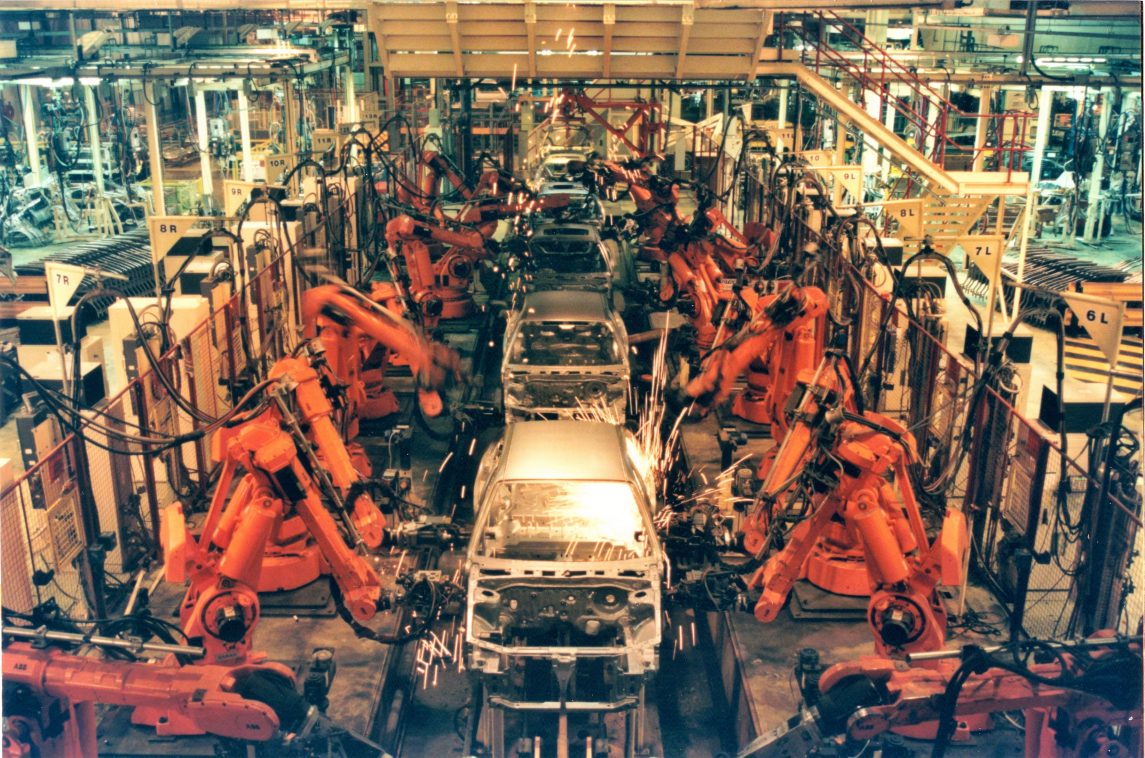- March 22, 2017
- No Comment
Automation vs The Energy Crisis

Robotics is expanding so rapidly, our mechanical brethren will soon be putting us out of work. Pioneer of the automation movement, Elon Musk, has even proposed a universal basic income (UBI) to buffer the sudden spike in unemployment. Think of this like the allowance you got as a kid. A small, regular, financial incentive for being human and being alive.
Sounds great apart from the fact that robots need electricity and Australia is currently in the grip of an energy crisis. Prompting the question: where are we going to get the power for all these robots?
Rise of the machines
The robots are coming. And, according to business mogul, inventor and futurist, Elon Musk, they are going to be taking over a lot sooner than you might think. Speaking at the World Government Summit this year, in Dubai, Musk expressed concern at the impact this rapid rise of the machines will have on global unemployment levels.
“Twenty years is a short period of time to have something like 12-15 percent of the workforce be unemployed.”
A robot can safely perform repetitive tasks with inhuman precision, no need for lunch or toilet breaks and no chance of a mid-life crisis ever disrupting its efficacy. Musk anticipates robots will sweep through a whole range of industries, from manufacturing to catering and the massive displacement of human labour will need to be balanced with the provision of a basic living wage for all humans.
“I don’t think we’re going to have a choice. I think it’s going to be necessary. There will be fewer and fewer jobs that a robot cannot do better.”
The UBI will cover basic living costs and people will be able to move into “value added” sectors to supplement this income. Fields like design, IT, artistry and engineering will still require the human touch and working in these industries will allow people to expand on their basic existence wage.
Australia’s energy crisis
The ongoing conversation has mostly been focussed on how humans will maintain a sense of value if their jobs have been subsumed by automatons that outperform them on every level. This is a relevant concern but, with Australia currently dragging itself through a thickening energy crisis, the more pressing dilemma may well be the question of how we’re going to power this army of machines.
Snowy Hydro scheme expansion
The Snowy Hydro construction was the biggest engineering project ever undertaken in Australia. Completed in 1974, its infrastructure is comprised of dams interconnected by pipelines with turbines and pumps fueling power stations.
Prime Minister, Malcolm Turnbull, has just given the green light to a $2 billion expansion of the hydro scheme which he estimates will boost its power supply by 50%.
According to the Federal Minister for Environment and Energy, Josh Frydenberg:
“The amount of new power we’re talking about here will be bigger than the Hazelwood power plant which is scheduled to close at the end of this month.”
Frydenberg may be correct here but, by the government’s own estimates, the Snowy Hydro upgrade will take around four years to complete. As far as powering robotics go, this doesn’t pose a problem. But it’s a long time for Australians to be waiting for the lag to be picked up.
Fracking to the rescue?
In the mean time, Prime Minister Turnbull is pushing for the states to lift their fracking bans and expand their use of the controversial technique.
The federal government is apparently seeking legal advice in their efforts to force South Australia to stop going it alone and get on board with the national energy market model. Frydenberg was not impressed with the 2017 SA energy plan which is focussed on moving away from fossil fuels.
“These 50 per cent renewable energy targets will get you into trouble.”
However, South Australia’s energy plan does include a huge gas component along with the renewable resources.
Hazelwood is set to close on 31 March 2017. SA’s recent power outages have already been having widespread effects. From them, we have seen that one state’s power lag is capable of effecting other states due to our connection to the National Energy Market (NEM).
We know the plant’s closure will leave hundreds of workers jobless. And it will certainly affect South Australia’s power supply. Whether its impact is minimal or catastrophic remains to be seen.
What do you think?
Robots taking our jobs, power shortages, renewable energy, being paid to breathe; there is a lot to digest here. We’d love to hear your opinions. Have you been affected by the recent power outages? Do you think Musk is actually just a crazy person? Let us know in the comments.






